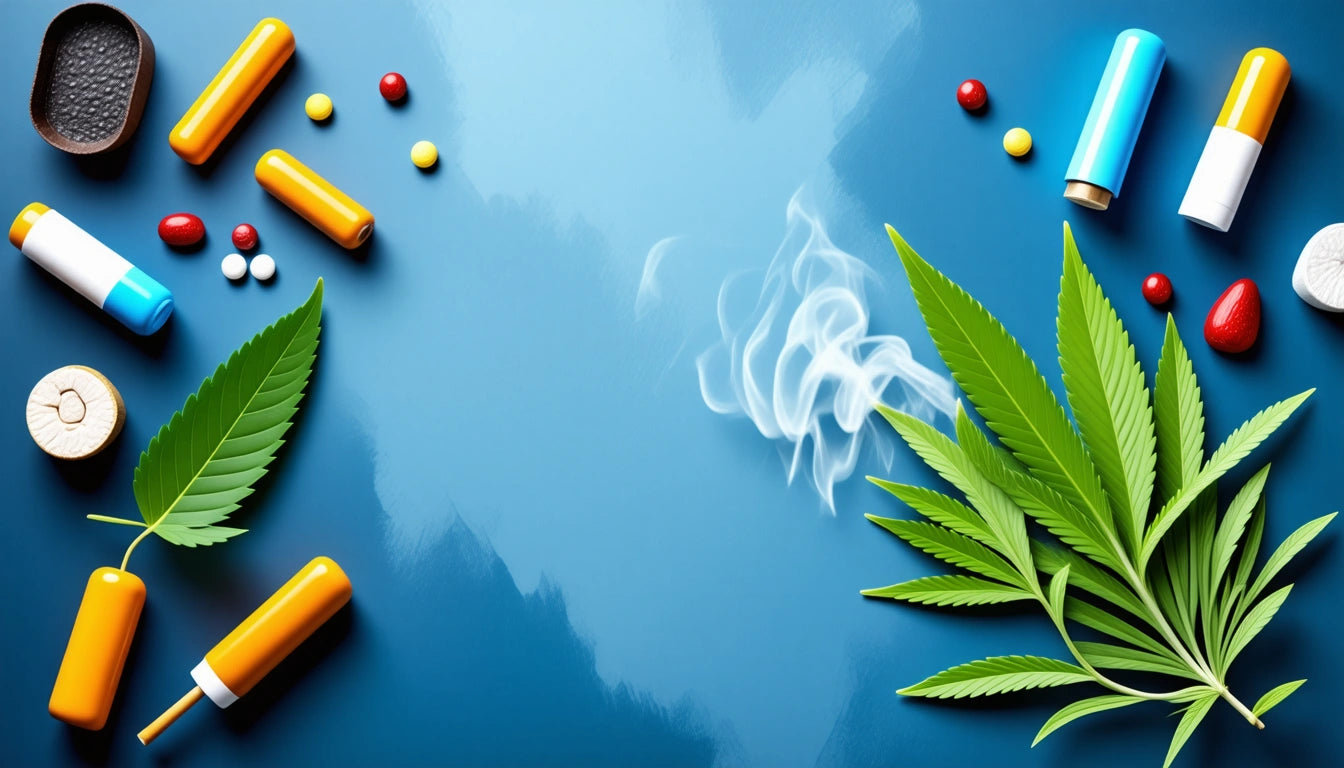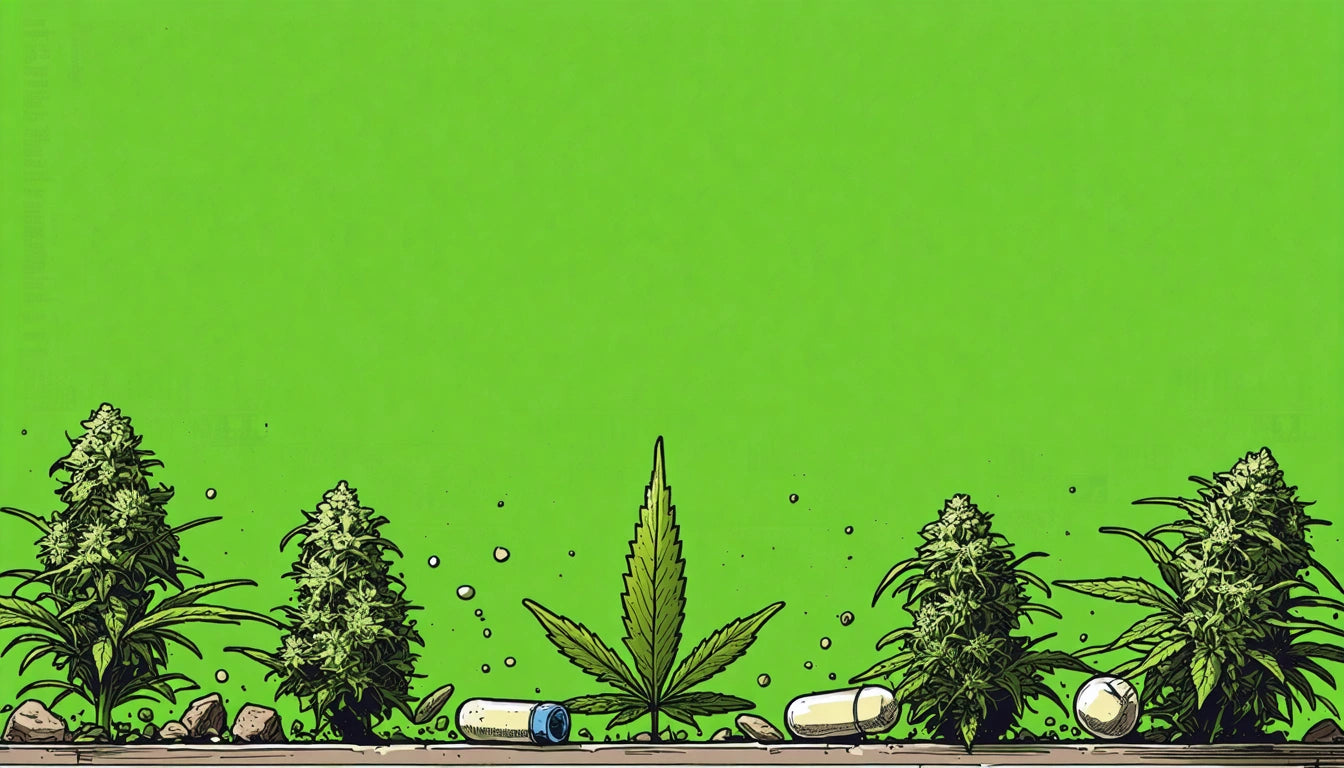Table of Contents
- Understanding Laced Cannabis: What You Need to Know
- Visual Indicators of Laced Weed
- Smell and Taste Differences in Contaminated Cannabis
- Unusual Effects That Signal Contamination
- Common Adulterants and Their Specific Signs
- Prevention Strategies: Sourcing Safe Cannabis
- Safety Precautions and Best Practices for Cannabis Users
How to Identify If Your Weed Is Laced: Signs and Tips
Cannabis consumers need to be vigilant about product safety, especially when sourcing from unregulated markets. Knowing how to tell if weed is laced can protect you from potentially dangerous substances that may be added to increase potency, weight, or addictiveness. This guide provides comprehensive information on identifying contaminated cannabis through visual cues, smell, taste, and effects.
Understanding Laced Cannabis: What You Need to Know
Laced cannabis refers to marijuana that has been adulterated with other substances. These additives can range from relatively benign (though still concerning) substances like sand or sugar to increase weight, to dangerous chemicals or drugs that can pose serious health risks. Understanding laced weed is essential for all cannabis consumers.
The prevalence of laced cannabis has decreased in regions with legal markets, but remains a concern in illegal markets where there's no quality control or testing requirements. Even in legal markets, being able to identify quality cannabis is an important skill.
Visual Indicators of Laced Weed
Unusual Appearance
When examining cannabis, look for these visual red flags:
- Crystalline residues that appear too uniform or sparkly (may indicate glass, sand, or synthetic cannabinoids)
- Unusual coloration, particularly white powdery substances or unnatural colors
- Excessively sticky buds that leave a chemical residue on fingers
- Inconsistent texture throughout the sample
Quality cannabis should have a natural appearance with varying shades of green, possibly purple or orange hairs, and visible trichomes. If you're unsure about identifying quality product, this guide on identifying quality weed provides helpful benchmarks.
Examining Under Light
A simple but effective technique to check if weed is laced is to examine it under bright light:
- Use a magnifying glass if available
- Look for unusual glittering (may indicate glass particles)
- Check for unnatural white crystals that don't look like trichomes
- Examine for synthetic fibers or hair-like structures
Smell and Taste Differences in Contaminated Cannabis
Your senses of smell and taste are powerful tools for how to know if weed is laced:
Unusual Odors
- Chemical smells (ammonia, bleach, solvent)
- Perfume-like scents that seem artificially strong
- Complete lack of cannabis's characteristic smell
- Metallic or acrid odors
Natural cannabis has a complex aroma profile ranging from earthy and skunky to fruity or diesel-like, depending on the strain. Artificial or overwhelming chemical smells often indicate contamination.
Taste Warning Signs
If you've already begun consuming and notice these taste characteristics, stop immediately:
- Chemical or metallic taste
- Unusual sweetness (may indicate synthetic cannabinoids)
- Numbing sensation on tongue or throat
- Harsh burning beyond normal cannabis combustion
Unusual Effects That Signal Contamination
How to tell if your weed is laced often comes down to the effects you experience. Watch for these warning signs:
- Extreme sedation beyond typical indica effects
- Heart palpitations or racing heartbeat
- Severe paranoia or hallucinations
- Nausea, vomiting, or respiratory distress
- Seizures or muscle spasms
- Loss of consciousness
- Effects that last significantly longer than expected
If you experience these symptoms, seek medical attention immediately and be honest with healthcare providers about what you've consumed. Understanding the signs of consumption of laced products can be potentially life-saving.
Common Adulterants and Their Specific Signs
Synthetic Cannabinoids
Often called "Spice" or "K2," these lab-created chemicals mimic THC but can be much more potent and dangerous:
- Unusually uniform appearance
- Chemical smell and taste
- Effects come on extremely quickly
- May cause severe anxiety, psychosis, or seizures
Embalming Fluid/PCP
- Chemical or solvent smell
- Wet or damp appearance
- Dissociative effects and severe hallucinations
- Extreme sedation or catatonic states
Laundry Detergent/Household Chemicals
- Soapy appearance or residue
- Unusual foaming when wet
- Chemical taste and smell
- Respiratory irritation
Silica/Glass Particles
- Unusual sparkle under light
- Gritty texture when handled
- Harsh smoking experience with lung irritation
For more detailed information on synthetic additives, this guide on identifying terpene-sprayed cannabis offers valuable insights.
Prevention Strategies: Sourcing Safe Cannabis
The best way to avoid laced cannabis is through careful sourcing:
- Purchase from licensed dispensaries where products are tested
- Request to see test results for cannabinoid content and contaminants
- Build relationships with reputable growers or dispensaries
- Be wary of deals that seem too good to be true
- Learn to identify quality cannabis visually
In legal markets, products must undergo testing for potency and contaminants. If you're concerned about the authenticity of products, this guide on testing cannabis provides information on commercial and at-home testing options.
Safety Precautions and Best Practices for Cannabis Users
Beyond knowing how to check if weed is laced, implement these safety practices:
- Start with a very small amount when trying a new source
- Have a trusted friend present when trying new products
- Trust your senses: if something looks, smells, or tastes off, don't use it
- Consider investing in home testing kits for common contaminants
- Educate yourself about normal cannabis effects versus dangerous reactions
- Store your cannabis properly in airtight containers away from light and heat
Understanding the risks associated with cannabis products, especially in unregulated markets, is crucial. This article on potential risks with cannabis products provides additional safety information.
By developing the skills to identify potential contamination and sourcing from reputable providers, you can significantly reduce the risk of encountering laced cannabis and enjoy a safer consumption experience.











Leave a comment
All comments are moderated before being published.
This site is protected by hCaptcha and the hCaptcha Privacy Policy and Terms of Service apply.